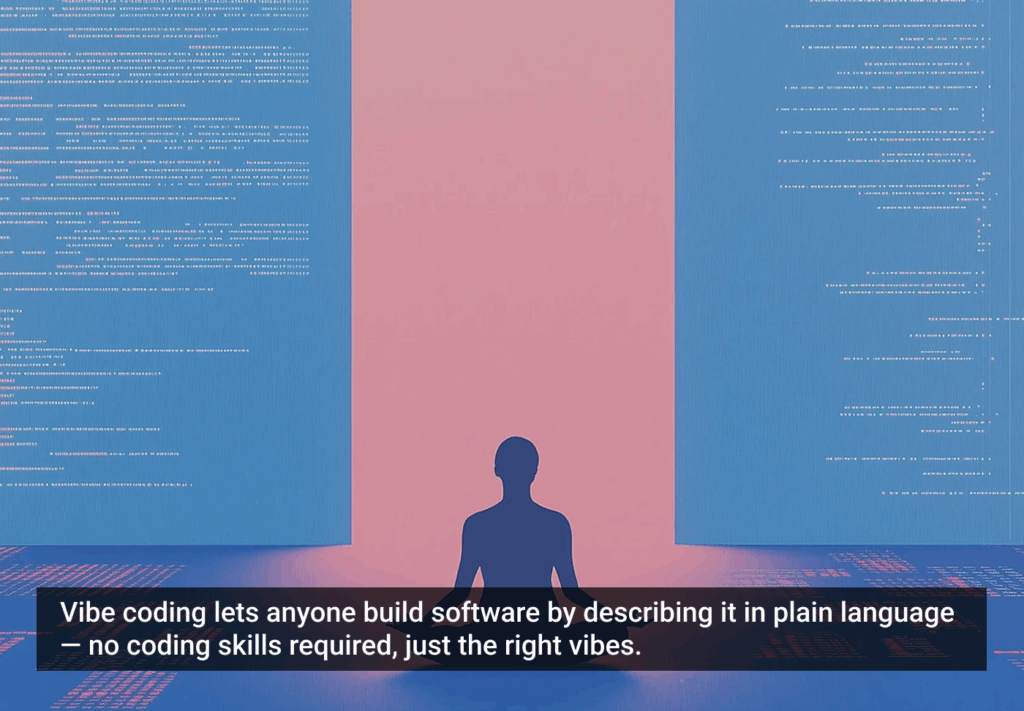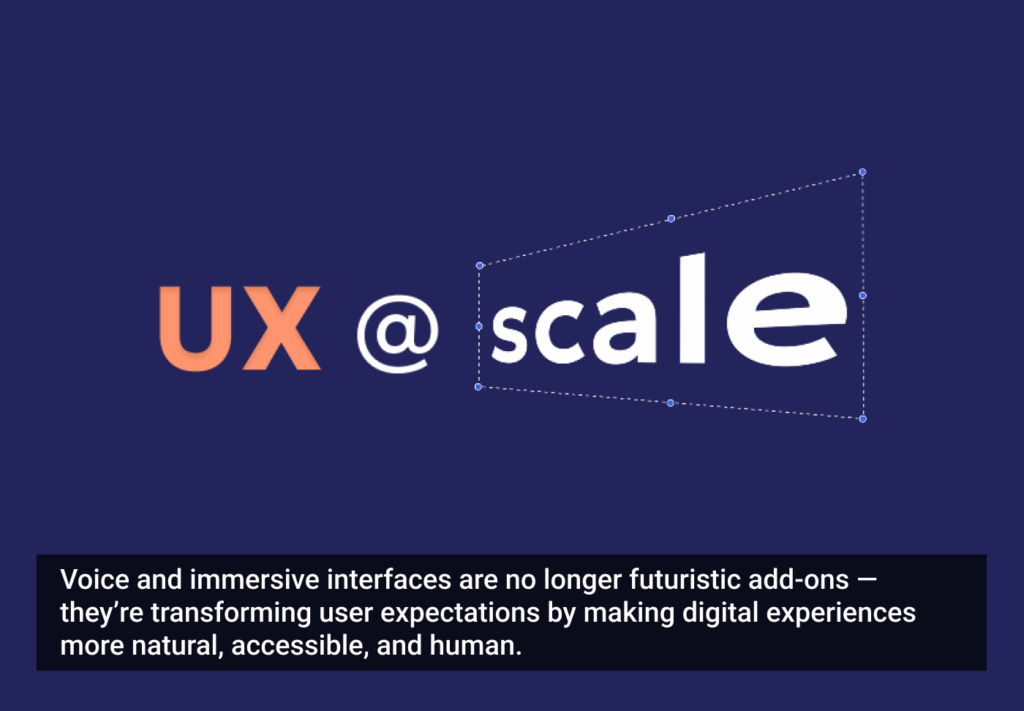At tech companies like Twitter and Yahoo, the experience designer sits in with the CEO to talk about the user experience. In full-service digital agencies, cross-disciplinary teams work on projects from kick-off to delivery. Both types of organizations often work on projects and products in an agile way.
In advertising agencies, however, creative teams of two (art-direction + copy), aligned with strategy, traditionally develop concepts for campaigns. It’s generally only after client approval of a concept that other disciplines—like experience design—get involved.
On quite a few occasions, I’ve seen UXers wheeled into a project after the point of no return, only to have to explain that a concept was not feasible for technical reasons or—even worse—because user adoption and engagement seemed like an unlikely scenario.
I’ve also seen strategists’ mock-up websites in PowerPoint to advocate for using persuasive technologies in a particular design without having consulted with UX on it. I’ve seen brand strategists cook up promises like “easy” and “personal” when the client’s product will never live up to those promises. Then I’ve seen UX dragged in to “fix it.”
On a more innocent note, I still giggle thinking back to my time at a graphic design agency where client-approved brand designs had to be altered because there was no web license available for a proposed font.
In ad agencies, where disciplines work within walled gardens, experience design teams are at serious risk of becoming “a bunch of naysayers.” And—like most humans—designers don’t want to be seen as obstructionist. So how do we fix this? Here are a few points to consider:
Client Briefs are Different in the Advertising Industry
Integrated work processes are key to fixing the issues I’ve mentioned above. Full service digital agencies and tech companies have evolved and implemented integrated processes with project management methodologies like agile scrum. Every project involves cross-disciplinary teams from kick-off to final release. A lot of these agencies sell the process of defining, designing, and building a website, app, or service, rather than the outcome.
Advertising agencies typically receive client briefs with a request for a concept. A concept for a campaign, for example, that might be answered with an idea for a digital experience, an in-store activation, print, digital or outdoor advertisements, a TV/ radio commercial, or an interactive installation. It can be anything really, and is often a combination of the elements listed above. A concept often has to be created within two weeks time on a relatively small budget, allowing for one creative team to cook up the winning idea.
A great creative concept needs coffee, tea, or a few beers. It needs to take walks through the park.
A great creative concept needs space and freedom for thinking and tinkering. A great creative concept needs coffee, tea, or a few beers. It needs to take walks through the park. It needs to crunch numbers. It needs wild brainstorming. You need to fiddle around with technology and push boundaries of that technology. You might even need to talk to a biologist the get the gist of a natural phenomenon.
UX Has a Role in the Process
What I’ve stated above does not mean co-creation isn’t practiced. Consulting between disciplines at the outset is of utmost importance. This means that art directors and strategists should feel free to consult with UXers without having to fear naysaying—and understanding when and why ‘nay’ is being said. It means the individual UXer needs to understand creativity and strategic planning and needs to be open to ideas, even if they initially don’t seem feasible for whatever reason. The UXer also needs space and flexibility in their agenda to do research on questions popped by any colleague who drops by their desk.
This requires an open culture, something DDB & Tribal Worldwide, Amsterdam promotes by having open workspaces between teams from different disciplines and leadership that promotes an open atmosphere for these teams to flourish and work closely together.
Projects Differ by Nature, and Flexibility is Key
Every project my UX team works on differs in nature. It can be a .com, an interactive installation, an app, or a campaign website. That means a UXer sometimes acts as a product owner, sometimes just helps with defining the flow, sometimes crafts high-level wireframes that serve as a picking list for the UI designer, or, other times, works out detailed and complex flows and wireframe or a prototype.
This means sometimes we scrum (parts of) the project. On occasion, we work in the same room with concepters, creative technologists, designers, and coders. Sometimes we deliver just the wireframes and a visual guide, sometimes we deliver PSD’s with all the interactive states crafted in detail, “waterfall style.”
Really, the key to working as a UX designer in an advertising agency is to be creative and flexible. Being rigid and sticking to traditional or lean processes just won’t cut it.
Image of clustered matches courtesy Shutterstock.







